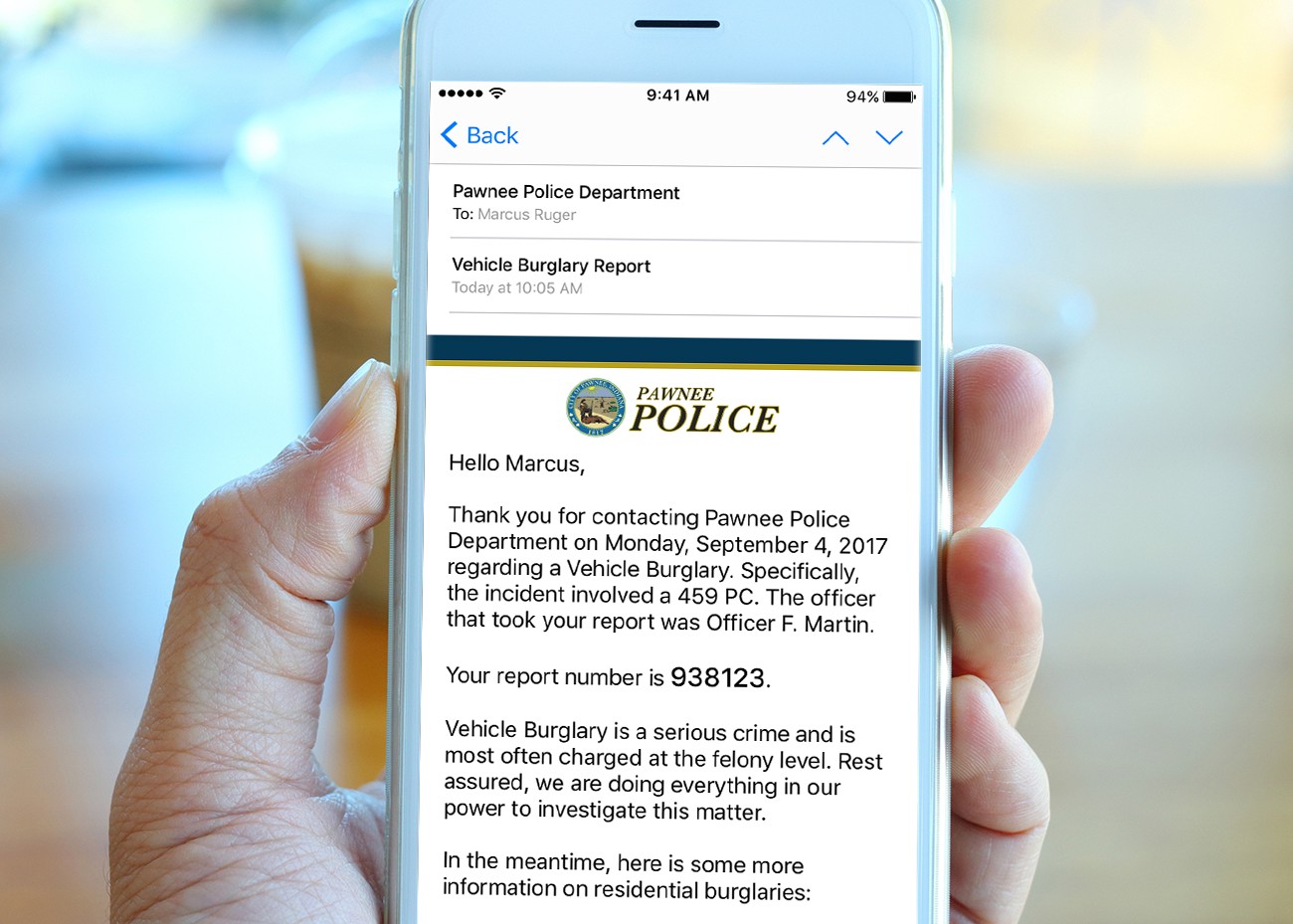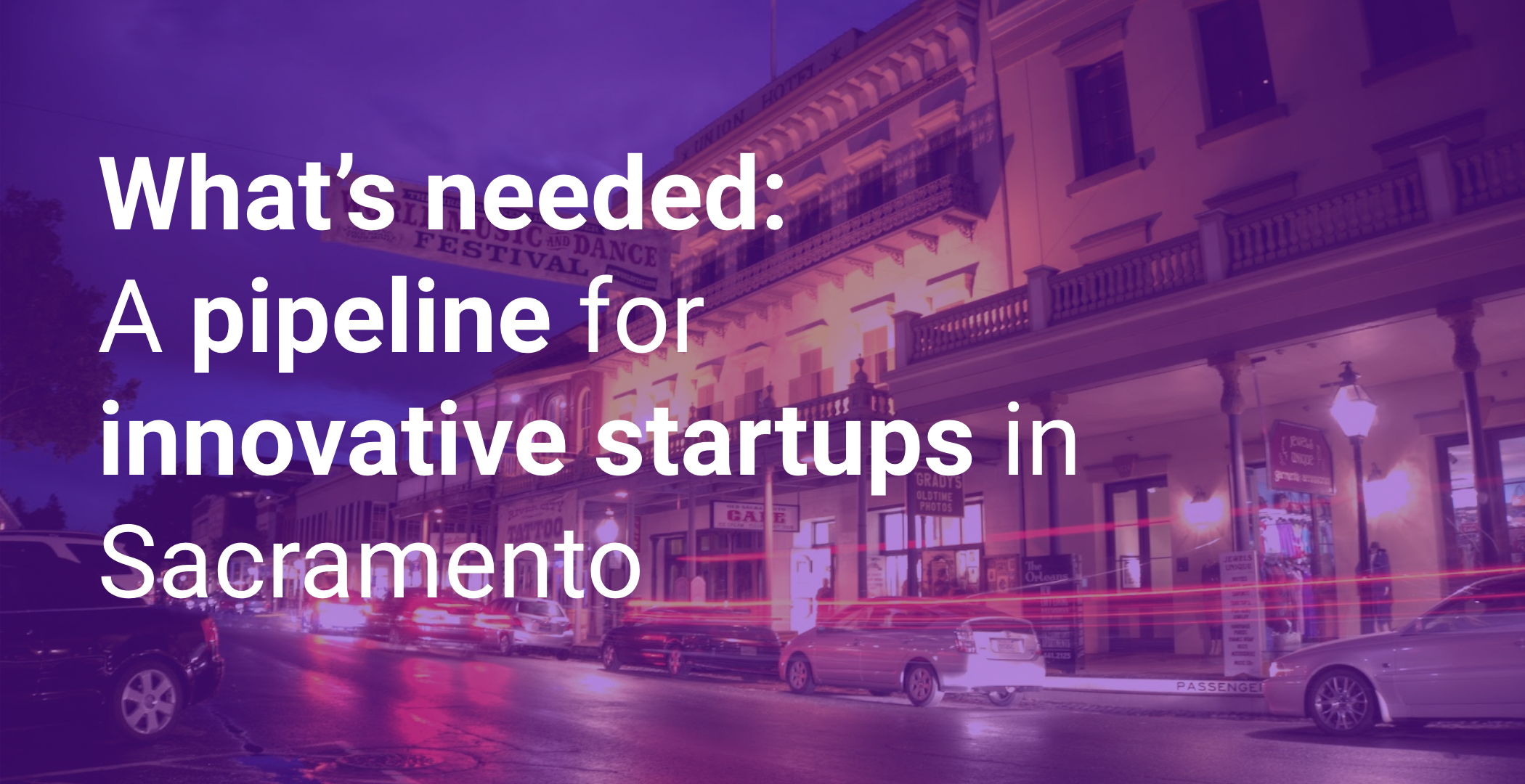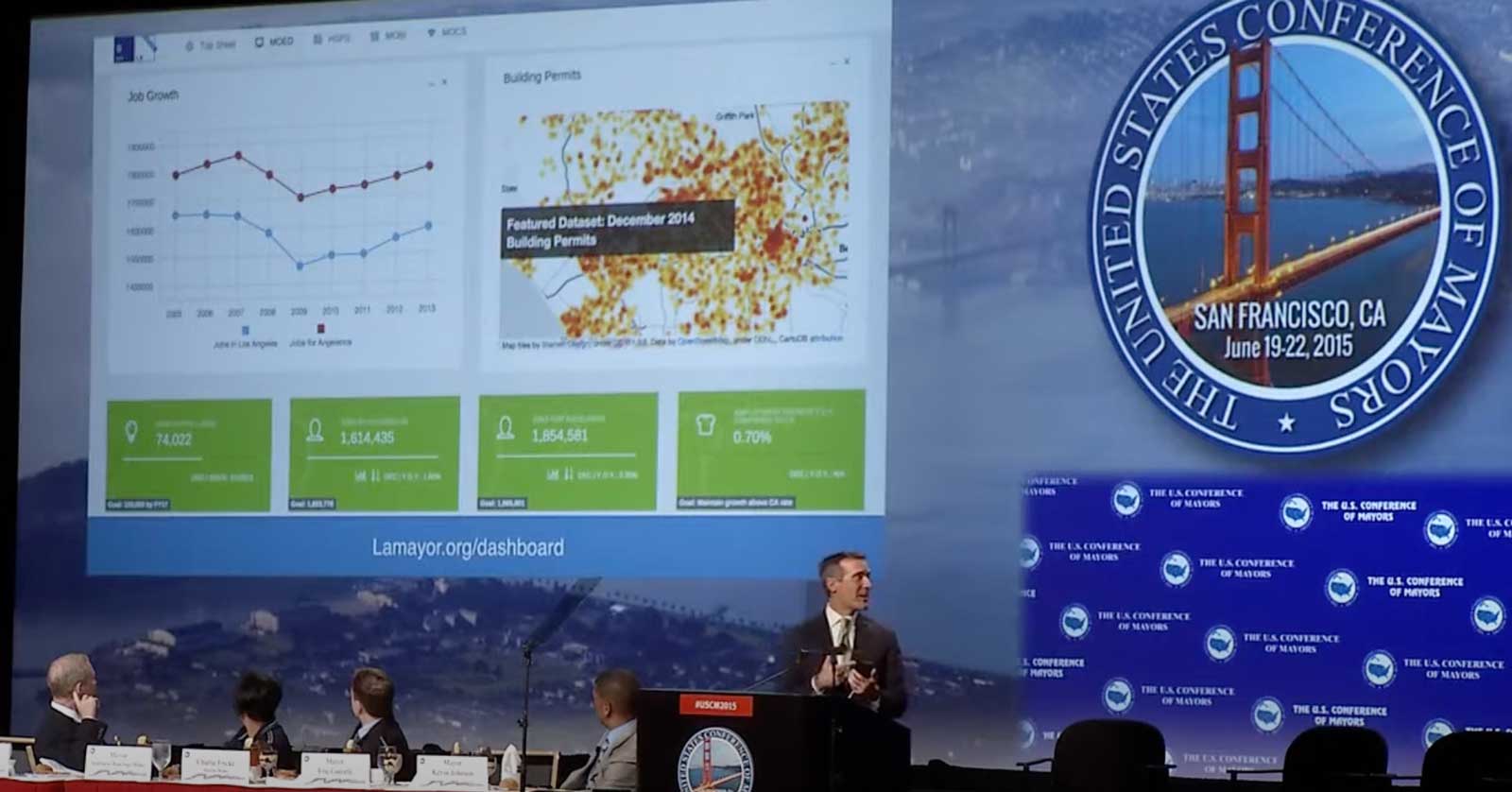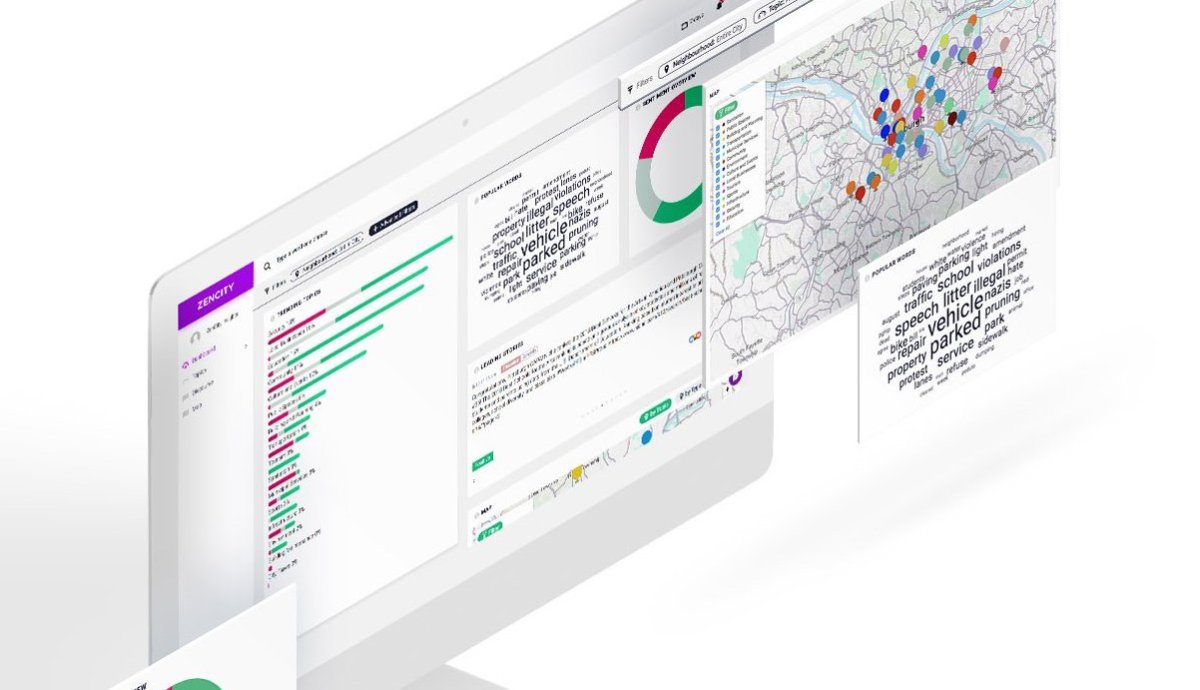The State of New Jersey Attorney General’s (AG) Office works with hundreds of law enforcement agencies across the state, and to effectively coordinate a statewide program of data-driven justice, it needs to have access to reliable, clean, and comprehensive data from those agencies. These agencies, however, have historically been siloed from a technological perspective with each agency using its own systems, often antiquated and never effectively centralized or standardized. This makes statewide reform, innovation, and accountability challenging.
In 2019, Arnold Ventures, a internationally recognized philanthropy focused on evidence-based policy, asked me to help. What was needed was not only modern, standardized, preferably automated ways for agencies to share their data, but also tools for officers themselves to report better, cleaner data. The state leadership envisioned a simple, easy-to-use platform that our office can use to generate forms, which agencies can have their officers complete, bulk upload their data to, or integrate their systems with, and then our office can export that data into its existing analytics system for analysis and reporting.
But, crucially, the state leaders and Arnold believed that the government did not need to reinvent the wheel. At the core, the solution was just a form for departments to share data, and many, many form solutions exist, even a handful specifically for government. So instead of an Request for Proposal, like governments would typically produce, asking for new, bespoke, and expensive custom software, I helped the state develop a “Request for Solutions,” mapping out not the how vendors could and should consider adapting existing solutions, saving time and money.
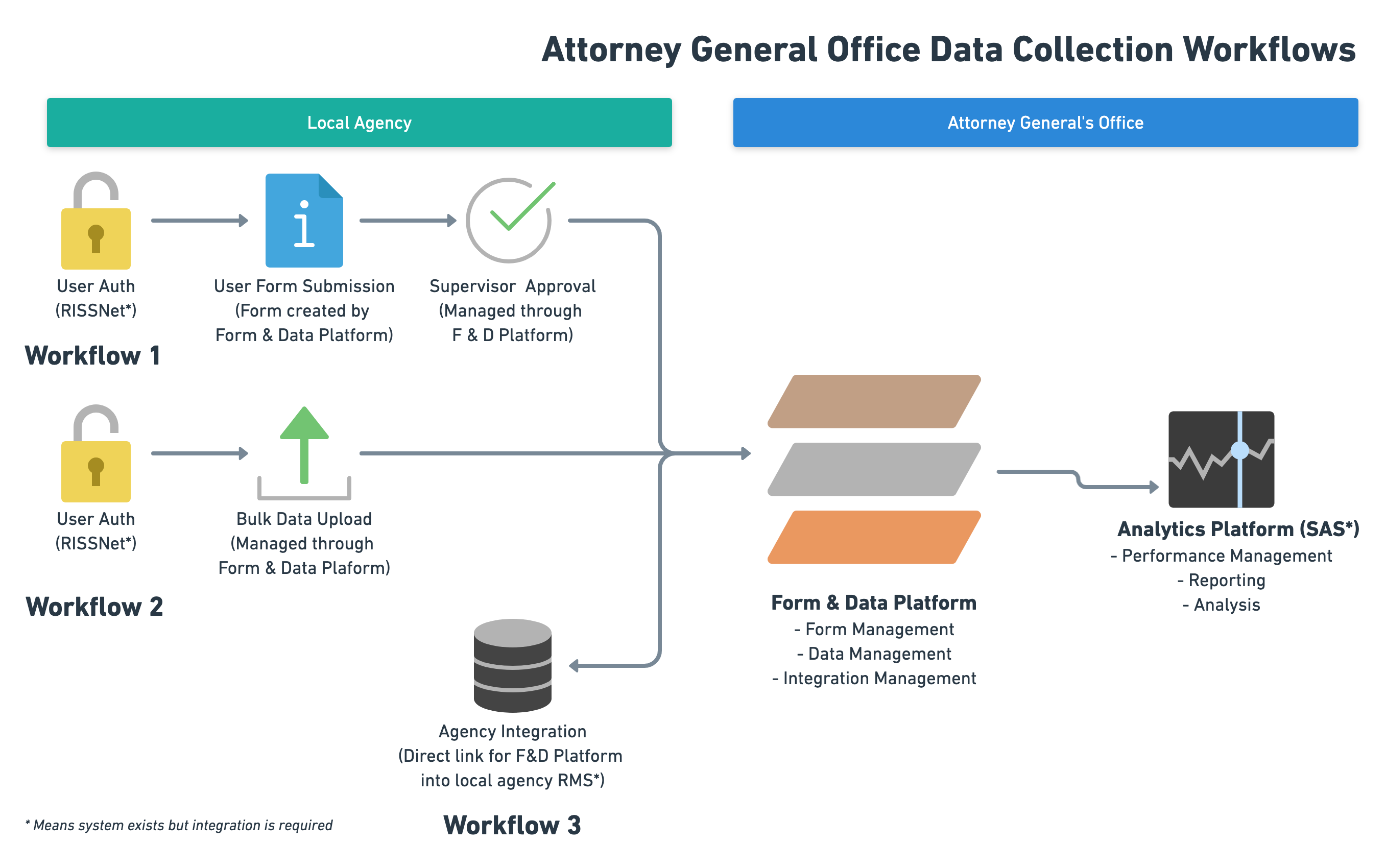
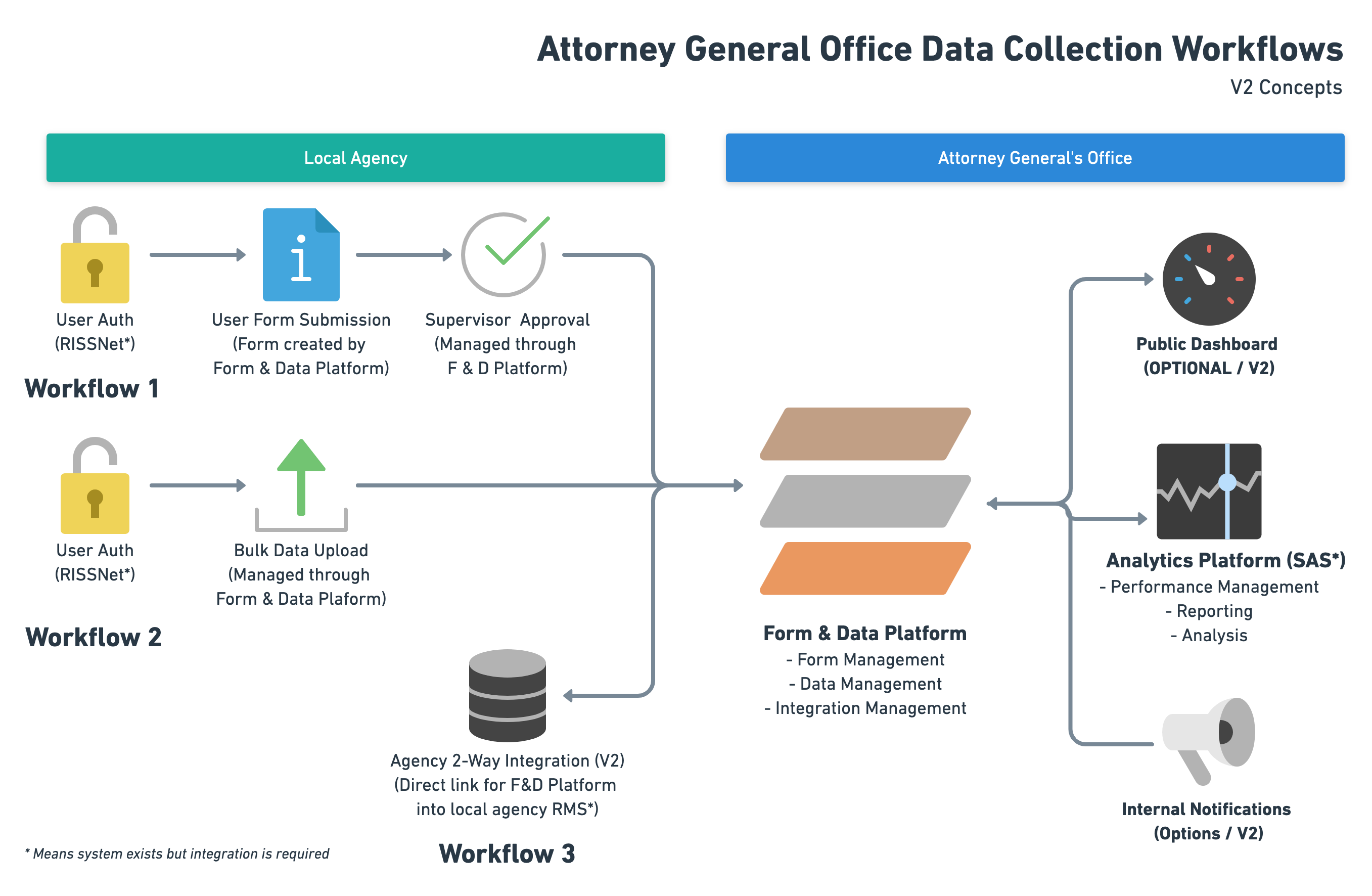
Eventually the key deliverables were a list of civic-oriented data collection and workflow solutions and a reverse RFP — a statement of goals, not features — for SaaS vendors to compete against.


